30 Mar Master Commercial HVAC Repair Now
Commercial HVAC systems are the unsung heroes of indoor environmental comfort, quietly controlling the temperature, airflow, and air quality in untold numbers of business establishments. A well-functioning HVAC system is essential for not only providing comfort but also for ensuring the health and safety of those inside the building. As our society increasingly focuses on sustainable living and energy efficiency, understanding the intricacies of these complex systems becomes vital. Venturing into the world of HVAC repair and maintenance, we will explore the foundational knowledge required to comprehend the mechanisms of heating, ventilation, and air conditioning. We’ll delve into how these systems operate, their core components, and the principles that guide their functionality. This knowledge base will not only enlighten you about the general workings of HVAC systems but also empower you with the competency to troubleshoot common issues that arise over time.
Understanding HVAC Systems
Mastering the Building Blocks of Commercial HVAC Systems for Optimal Performance
When it comes to commercial HVAC systems, mastery of the fundamental components is not only key to optimizing performance but also essential for driving efficiency and cost-effectiveness across multiple industries. An understanding of these components ensures that entrepreneurs and facility managers can make informed decisions, innovate on existing technologies, and cater to the market’s growing environmental and energy-saving demands.
First and foremost, commercial HVAC systems comprise an intricate network of elements, each serving specific functionality to regulate indoor climate effectively. At the core of these systems is the thermostat, the brain behind the operation, orchestrating temperature control and integrating with building automation systems for smart energy management.
The heart of an HVAC system is the heating and cooling equipment, which includes furnaces, boilers, chillers, air conditioners, and heat pumps. Depending on the geography and specific building needs, these units can vary in size and type, but their efficiency dictates overall system performance and energy consumption levels.
A critical vein of this setup is the distribution system, which transports conditioned air or refrigerant throughout the building. This includes ductwork for forced air systems, as well as pipes and pumps for hydronic systems. The design and upkeep of this distribution network directly impact air quality and operational costs.
Air handling units (AHUs) are the lungs of the system, facilitating air movement and quality. These units, complete with fans, filters, and coils, need regular maintenance to prevent energy wastage and to ensure that they’re introducing clean, fresh air into the environment.
Ventilation is another non-negotiable component, vital for maintaining indoor air quality. Proper ventilation not only reduces the concentration of pollutants but also controls humidity levels, contributing to a healthier and more comfortable atmosphere.
Controls and sensors form the nervous system of commercial HVAC systems, providing the necessary feedback and adjustments in real-time to maintain the desired climate conditions. Advanced systems incorporate AI and machine learning to predict and adapt to usage patterns, further trimming down unnecessary expenditures.
To sum it up, businesses that invest the time to understand and upgrade the components of their HVAC systems stand to gain significant advantages. From reduced operational costs and enhanced energy efficiency to improved air quality and comfort – the benefits are vast and ripe for the taking. Entrepreneurs and facility managers are advised to partner with reputable HVAC specialists to ensure their systems are optimized for peak performance, ultimately contributing to their bottom line as well as the well-being of their occupants.

Troubleshooting Common Issues
Diagnosing common commercial HVAC problems can be a daunting task. However, with the right set of skills and an understanding of the system, one can pinpoint issues effectively. Let’s delve deeper and explore additional avenues to ensure your HVAC system runs at peak efficiency.
#1: Listen for Unusual Noises
The auditory signals from your HVAC system can be the first indicators of trouble. Rattling, buzzing, or whining may suggest loose components, while banging or clanking could point to a more serious mechanical malfunction. A comprehensive understanding of the sounds your HVAC system normally makes will serve as your guide to detecting anomalies.
#2: Check for Inconsistent Airflow and Temperature
In a well-functioning HVAC system, airflow should be consistent across different zones. Variations in airflow can be symptoms of blockages, leaks, or problems with the fan components. Similarly, fluctuating temperatures within the building necessitate an examination of the thermostat calibration, refrigerant levels, and the condition of the compressors and heat exchangers.
#3: Monitor Energy Consumption Patterns
An unexpected surge in energy consumption can be a tell-tale sign of an HVAC problem. If the system is consuming more power than usual, it may be working harder to maintain the desired climate, an indication that there may be issues like leaking ductwork, dirty filters, or malfunctioning components that are reducing system efficiency.
#4: Inspect for Physical Damage and Wear
Conduct regular visual inspections of all exposed components for signs of wear and tear. Corrosion, leaks, and damaged insulation can compromise the system’s integrity. Bearing in mind that early detection of physical damage can prevent costly repairs down the line, prioritize preventative maintenance.
#5: Evaluate System Start-Up and Shut Down Cycles
HVAC systems should have relatively consistent and predictable cycles of operation. If the system is short cycling or has difficulty starting up or shutting down, this could indicate issues with the electrical connections or malfunctioning thermostats.
#6: Investigate Unusual Smells
Keep your nose on high alert for strange odors that could indicate burning electrical components, mold within the ducts, or a gas leak in the case of systems powered by natural gas. Smell is a powerful indicator and should never be ignored when assessing HVAC system health.
#7: Utilize Diagnostic Tools and Technology
Today’s market offers advanced tools designed for HVAC diagnostics, such as thermal imaging cameras to detect heat loss or air leaks, and HVAC gauges to assess refrigerant levels and pressure. Embrace these technologies as they can pinpoint issues that may not be visible to the naked eye.
In essence, diagnosing commercial HVAC problems requires a mix of sharp observation skills, technical knowledge, and a proactive stance on maintenance. Stay abreast of the latest diagnostic tools and techniques to ensure that any downtime is minimal and your HVAC system operates as the backbone of a productive commercial environment. Remember, a proactive approach not only saves on emergency repairs but also extends the life of the HVAC system, optimizing operational budgets in the long run.

Maintenance and Safety Protocols
When discussing the longevity and efficiency of commercial HVAC systems, preventive maintenance reigns supreme. To maintain these systems safely, it’s imperative for entrepreneurs, facility managers, and maintenance professionals to fine-tune their strategies beyond standard checks, ensuring optimal performance and safety at every turn.
First, implement a routine cleaning schedule for all components. This includes evaporator and condenser coils, which, if neglected, can reduce system efficiency and potentially harbor mold and bacteria. Moreover, it’s crucial to regularly replace air filters to prevent airflow restrictions and premature system failure due to debris accumulation.
Next, consider the refrigerant levels. As the lifeblood of air conditioning systems, refrigerants must be adequately charged and monitored for leaks. A refrigerant leak not only decreases efficiency but also poses environmental risks and potential regulatory violations.
Regarding electrical components, a meticulous examination is non-negotiable. Loose connections can result in outages and pose significant fire hazards. Regularly tighten electrical connections and assess the electrical switchgear for signs of overheating or corrosion.
Belt and pulley systems in HVAC units endure substantial wear and tear. To avoid unforeseen shutdowns, inspect belts for proper tensioning and alignment. Replace frayed or glazed belts before they break, and keep pulleys free from nicks and grooves to prevent belt slippage.
To ensure occupant comfort and system resilience, balance dampers periodically. Imbalances can lead to overworked equipment and discomfort in building zones. A balanced system will uniformly distribute air, prolonging equipment life and enhancing user satisfaction.
Last but not least, embrace predictive maintenance by using smart sensors and IoT (Internet of Things)-enabled tools. These technologies can highlight potential issues before they escalate, predict maintenance needs, and facilitate swift decision-making to avoid downtime.
Remember, safety is paramount when maintaining commercial HVAC systems. Always disconnect power before servicing any electrical components and follow all manufacturer guidelines and OSHA regulations to protect technicians and building occupants.
By applying these best practices diligently, the benefits extend beyond the nuts and bolts of the systems themselves. It leads to energy conservation, cost savings, and the architecting of a sustainable, long-term operational strategy for commercial HVAC systems that stand the test of time and technology advancements.

The realm of commercial HVAC repair is intricate and vital, providing a pathway to ensure the longevity and efficiency of systems that impact so many aspects of our daily lives. Armed with the knowledge of heating and cooling cycles, the ability to diagnose and rectify prevalent problems, and awareness of the crucial maintenance and safety practices, you are now better prepared to navigate the challenges that these systems may present. Embracing a culture of proactive maintenance and safety can significantly reduce the likelihood of major breakdowns and extend the life of an HVAC system. This understanding not only contributes to operational fluidity but also to environmental stewardship and energy conservation, which have become increasingly important in our modern world. Remember, the well-being of an HVAC system is a testament to the care it receives, reflecting directly on the comfort and satisfaction of those who rely on it.


Sorry, the comment form is closed at this time.